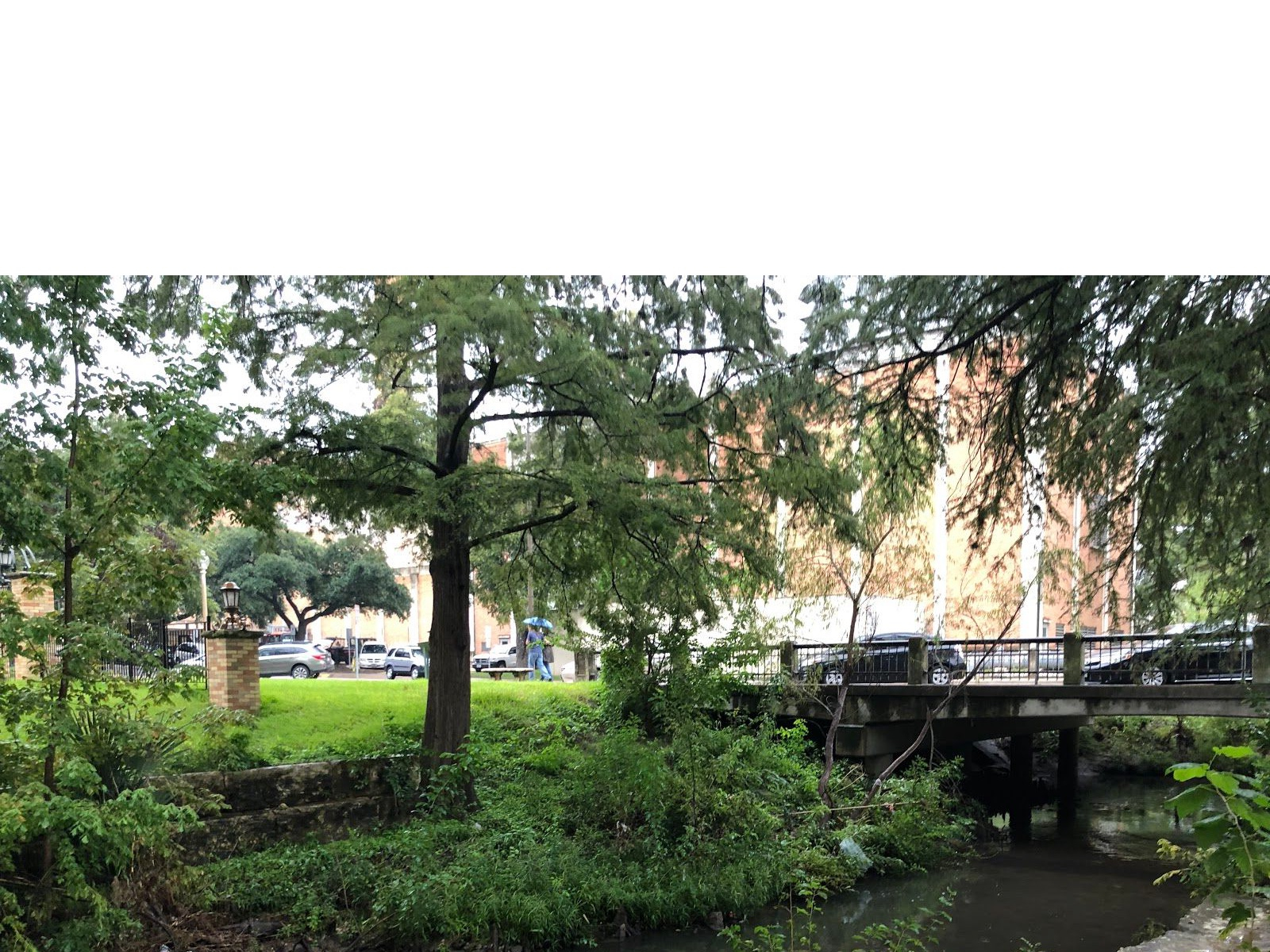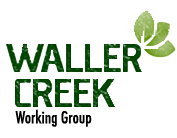In the Urban Ecosystems stream, we frequently analyze data through the creation of calibration curves. A calibration curve is a plot of absorbance (y-axis) vs. a minimum of three standards against their known concentrations (x-axis). Calibration curves allow researchers to determine the concentration of a substance in an unknown sample by comparing the unknown to a set of standard samples of known concentration. For the project that I am on, LCMS (liquid chromatography-mass spectrometry), calibration curves are an integral part of our research. However, I would argue that there is one other type of curve that we utilize that is even more crucial to the success of this project and this stream as a whole: the learning curve.
As somebody who came into college with no prior research experience, this entire process has been one huge learning curve. However, this idea of a learning curve has never been more apparent to me as it was this past week. This past week, the LCMS project group performed a “canned experiment,” or an experiment designed to teach us skills that we will need for the rest of the semester. I cannot speak for the group members who performed the experiment on Wednesday, but for those of us who came into lab on Thursday, this experiment was a hot mess. The experiment, HPLC Analysis of Capsaicinoid Content in Hot Sauce, focuses on the use of solid phase extraction (SPE) and LCMS to determine the concentration of capsaicinoids (the chemical responsible for giving hot sauce its “heat”) in a specific sample of hot sauce. In order to perform the SPE, we had to create/prepare our standard/unknown samples using HPLC-grade isopropanol, among other chemicals. At the beginning of the experiment, our mentor warned us that we would not be able to get more isopropanol, so we needed to use it sparingly. Well, one hour and many mistakes later, our group had accidentally used the entire bottle of isopropanol. Which was a problem, considering that the experiment could not be finished without isopropanol. Thanks to some creative problem solving from our mentor and our research educator, we were able to finish the experiment using regular isopropanol. Of course, this was at the expense of precision, which is extremely important in analytical chemistry. Without precision, our analytical chemistry experiment was not very analytical. Up to this point, the consequences of mistakes such as these have been fairly minimal. However, as we move into conducting our actual research, this will no longer be true.
I cannot speak for anybody else. For me personally, this lab was a wake-up call. I’ve come to realize that before this point, almost everything I’ve done in life has been of relatively minimal consequence. I’ve never made a mistake that couldn’t be fixed or that significantly impacted my life in the long-run. Although accidentally using too much isopropanol is not the end of the world, nor is it anything that can’t be fixed, I’ve realized that making mistakes like this in lab now carry more consequence. If a mistake like this were to be made while conducting our actual research, our data would be ruined. An entirely new sample would need to be collected and re-tested. Research labs do not have unlimited resources. Every resource used to fix mistakes caused by something as simple as not reading the experiment protocol carefully enough (which is exactly how we ended up using the entire bottle of isopropanol) is a resource that is taken away from somebody else and is money taken away from the lab. While mistakes do happen, and while this truly was a mistake that my group felt incredibly sorry for, we must be more careful. We need to pay more attention to what we’re doing and how we’re doing it. Of course, we’ve always known this. I don’t think anybody in lab has ever been intentionally careless. However, the stakes are simply higher now, and mistakes as preventable as the one we made can’t happen.
While reading carefully is not necessarily a new skill, it is the principle of the matter that lends itself to the learning curve. Over the last six months, every member of this stream has worked tirelessly to develop and refine the skills that have been introduced and that continue to be introduced to us on a daily basis. Some of these skills include things that many of us have never seen before, such as learning how to titrate or lyophilize. However, some of these skills are things that we’ve always known - such as paying attention to detail - but now have to improve upon in ways that we’ve never had to before. The continual improvement that each of us experience defines the learning curve that is present within this course. At the very beginning of the year, I recall hearing somebody say “this is a research lab, not a teaching lab. There’s a difference between the two. ” While this may be true in the sense that research labs operate differently than teaching labs do, I do not believe that the ideas of research and teaching need to be mutually exclusive. In fact, I would assert that you can’t have one without the other. The Urban Ecosystems stream is a place where students are taught how to become successful researchers and, more importantly, successful adults. While this lab might be a research lab by definition, it is a teaching lab by heart.
Jade Ealy
FRI Urban Ecosystems stream

